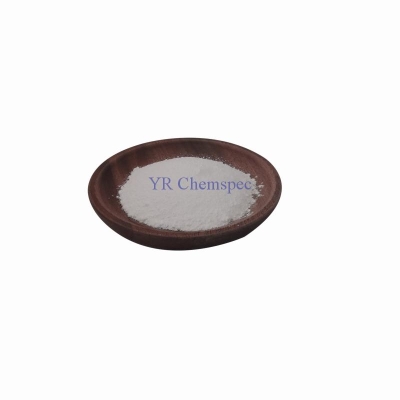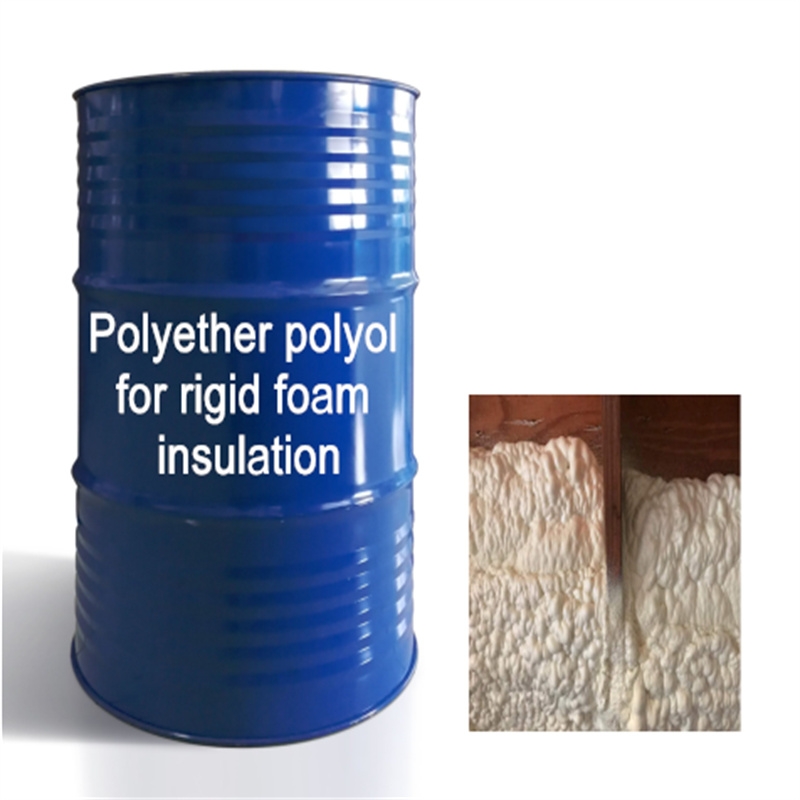-
Categories
-
Pharmaceutical Intermediates
-
Active Pharmaceutical Ingredients
-
Food Additives
- Industrial Coatings
- Agrochemicals
- Dyes and Pigments
- Surfactant
- Flavors and Fragrances
- Chemical Reagents
- Catalyst and Auxiliary
- Natural Products
- Inorganic Chemistry
-
Organic Chemistry
-
Biochemical Engineering
- Analytical Chemistry
- Cosmetic Ingredient
-
Pharmaceutical Intermediates
Promotion
ECHEMI Mall
Wholesale
Weekly Price
Exhibition
News
-
Trade Service
Soil pH is the basic chemical property of soil, one of the main physical and chemical indexes of soil, and it is also an indispensable item in soil analysis
1.
This method is suitable for the determination of various soil pH
Second, the principle of the method
The glass electrode is used as the indicator electrode, and Ag/AgCI is used as the reference electrode to form a pH composite electrode
3.
(1) Distilled water with carbon dioxide removed
(2) Potassium hydrogen phthalate
(3) Disodium hydrogen phosphate
(4) Borax (Na 2 B 4 O 7 ·10H 2 O)
(5) Potassium chloride
(6) pH 4.
Weigh 10.
(7) pH 6.
Weigh 3.
(8) pH 9.
Weigh 3.
(9) Balancing treatment of borax
.
Place the borax in a desiccator filled with sucrose and a saturated aqueous solution of salt for two days and nights
.
(10) A commercially available certified pH standard buffer solution can also be used
.
Four, instruments and equipment
(1) pH composite electrode
.
(2) Stirrer
.
(3) Plexiglass panels
.
(4) Wooden hammer
.
(5) Nylon screen with 2mm aperture
.
(6) Colorless polyethylene film
.
(7) Air-dry basin
.
Five, pre-treatment
(1) Air-dry
Fresh samples should be air-dried
.
Spread the sample flat on a clean paper, spread it into a thin layer, and dry it in a cool and ventilated place indoors.
Avoid direct sunlight
.
During the air-drying process, the sample should be turned frequently to speed up its drying
.
The air-drying place should prevent the pollution of acid, alkali and other gases and dust
.
When the soil sample reaches a semi-dry state, the large soil block should be crushed in time
.
The soil samples can also be dried at no higher than 40°C
.
(2) Grinding and sieving
Use the quarter method to divide an appropriate amount of air-dried samples to eliminate the soil invading the human body, such as animal and plant residues, bricks, stones, etc.
, and then crush the soil samples with a wooden stick to make all the samples pass through a 2mm aperture test sieve
.
The sieved soil samples should be thoroughly mixed and put into glass jars, plastic bottles or clean soil sample bags for later use
.
During storage, the sample should avoid sunlight, temperature, humidity, affect the acid gas and the like
.







